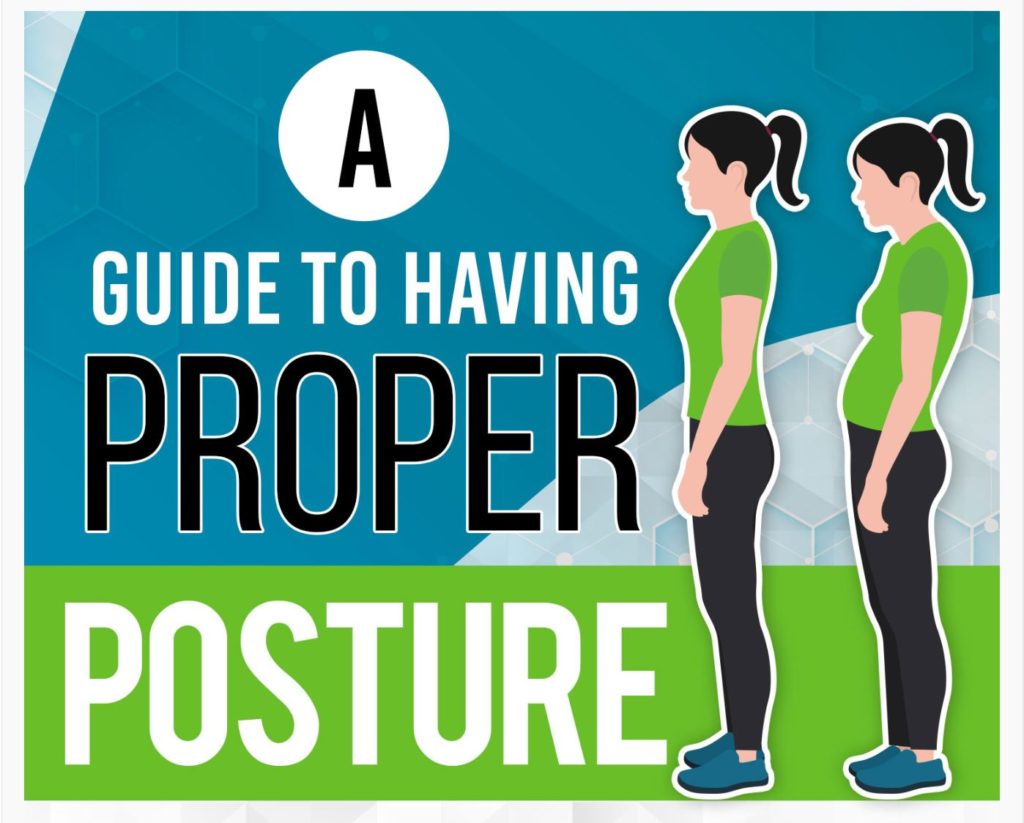Though proper posture is something that is easy to take for granted, many physical ailments can be due to the way we stand, sit, and even sleep. The infographic featured in this blog post is a guide from ScripHessco that dives into just how important proper posture is for your overall health. Among other things, it shows how your body can physically benefit from switching from poor posture to good and offers tips on how to help you improve it.
As important as it is to know what good posture is, it’s equally important to know how to recognize poor posture. Some signs of poor posture include walking with your head tilted forward; pressure on your back, neck, and shoulder; or rounding of the upper back and shoulder. Daily stretching, exercise, and supportive shoes are just a few ways to improve your posture and heal a lot of the pains and aches you may be dealing with. In fact, 80 percent of Americans will experience back problems at least once in their life, and poor posture can be a major contributing factor in many of these cases.
While we are normally mindful of our posture when sitting, standing, or walking, proper posture while sleeping can be just as important—if not more so! Look at the infographic for tips on how to improve your posture while you sleep. After all, you don’t want your body to spend its sleeping hours undoing all the vital work you’ve done while you were awake.
If you have a desk job, taking frequent walks or getting up to do jumping jacks once in a while is a great way to make sure you don’t become stagnant. To improve your sitting posture, place your feet on the ground without crossing your legs. Also work on keeping your shoulders straight and relaxed rather than pulled back. When you stand, keep your arms relaxed by your side. Don’t lean back on your heals, and keep your feet shoulder-width apart.
Exercise can strengthen your back and ultimately strengthen your posture as well. However, be aware that poor posture while you work out can lead to cramps and pains in your back that prevent you from practicing proper posture as you go about your day. There are specific exercises that can improve your posture and tools that can strengthen your core, provide support for your back while sitting, relieve back pain, and more. For example, Pilates is a very effective method for developing core muscles and structural organization.
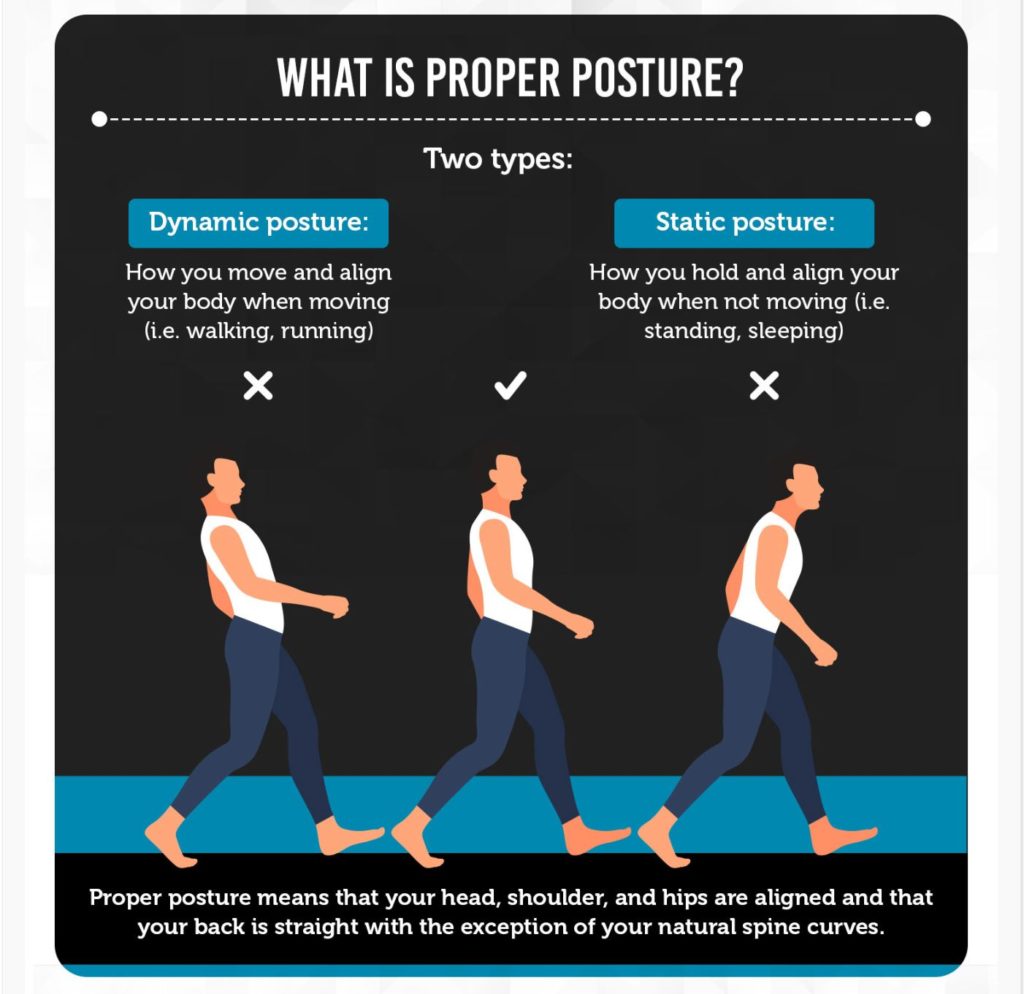
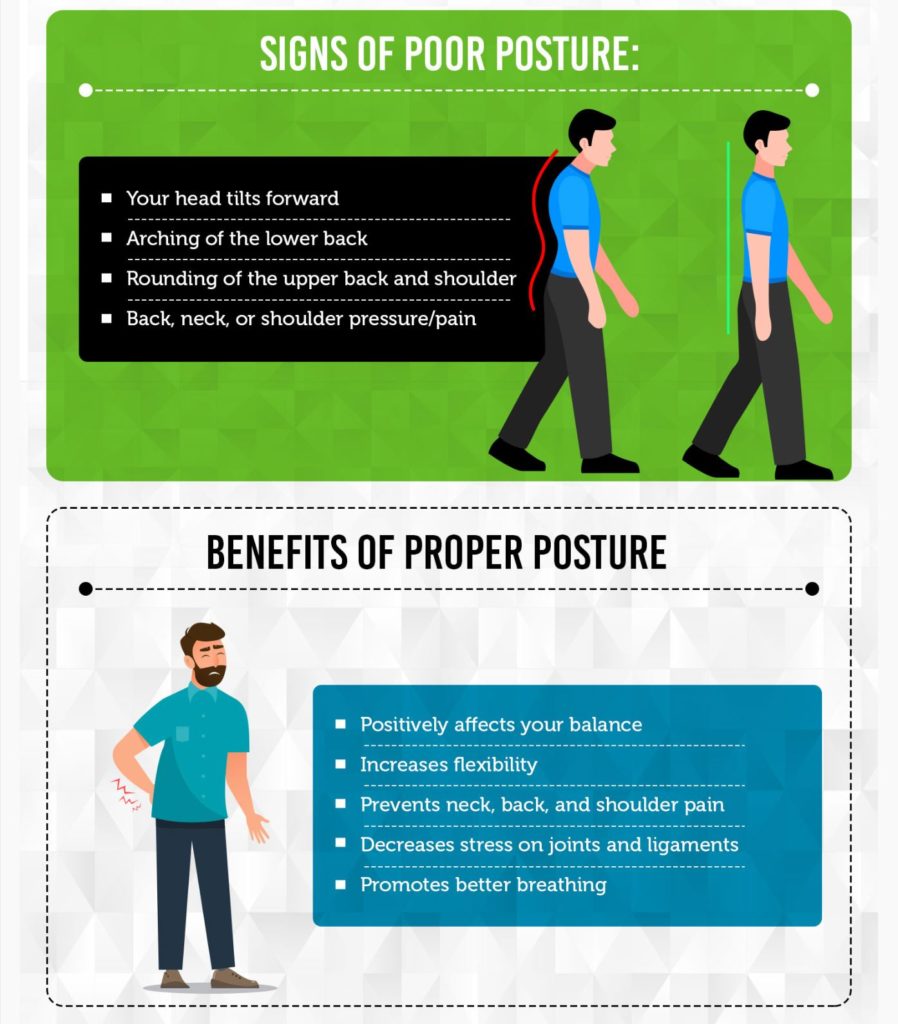
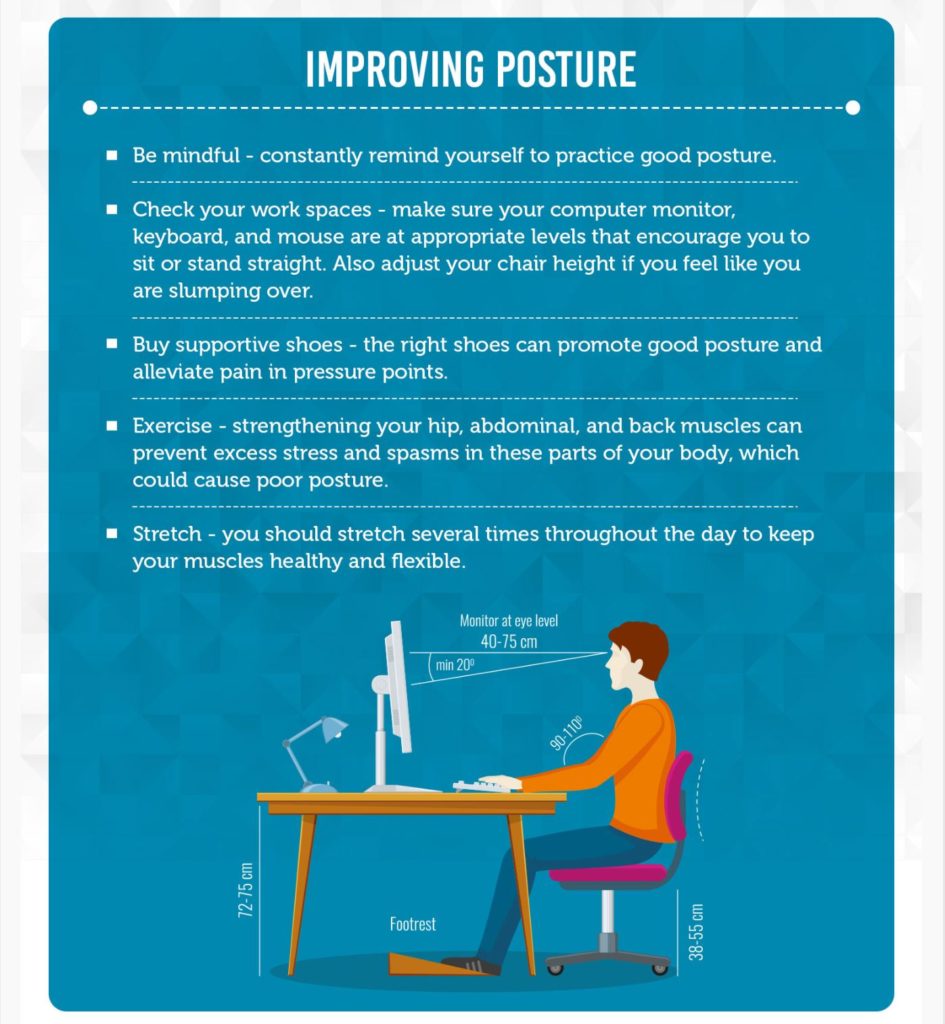
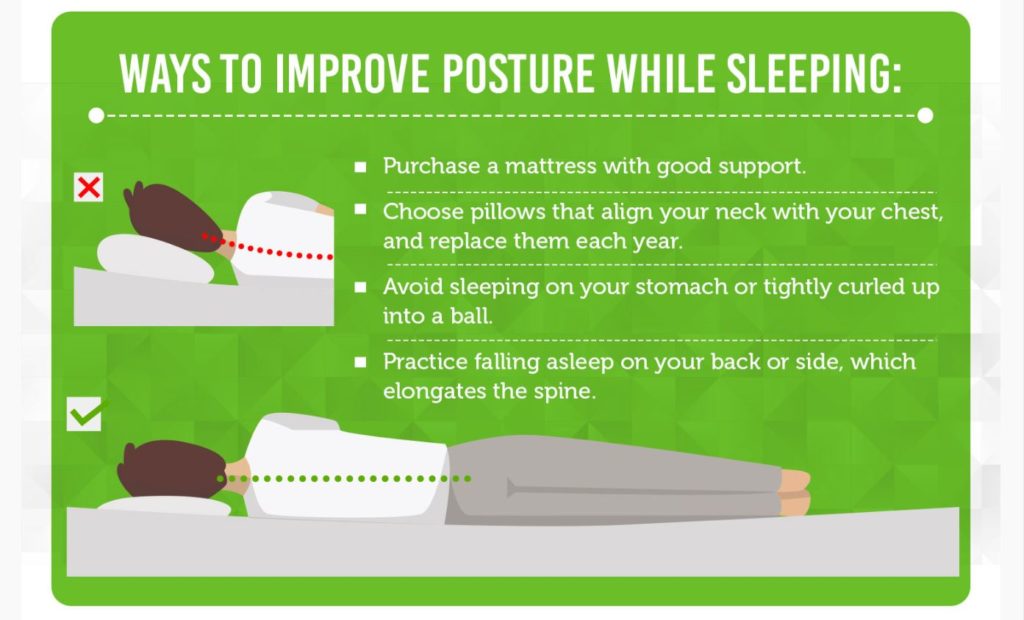
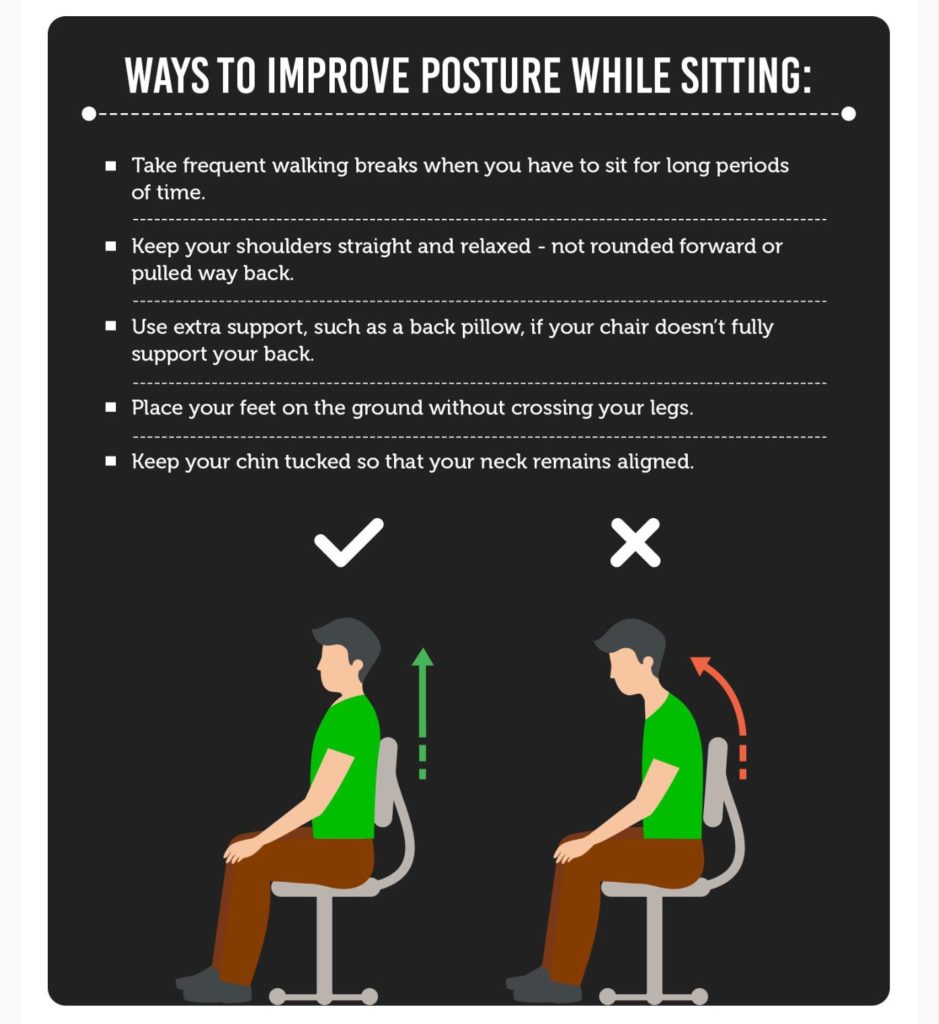
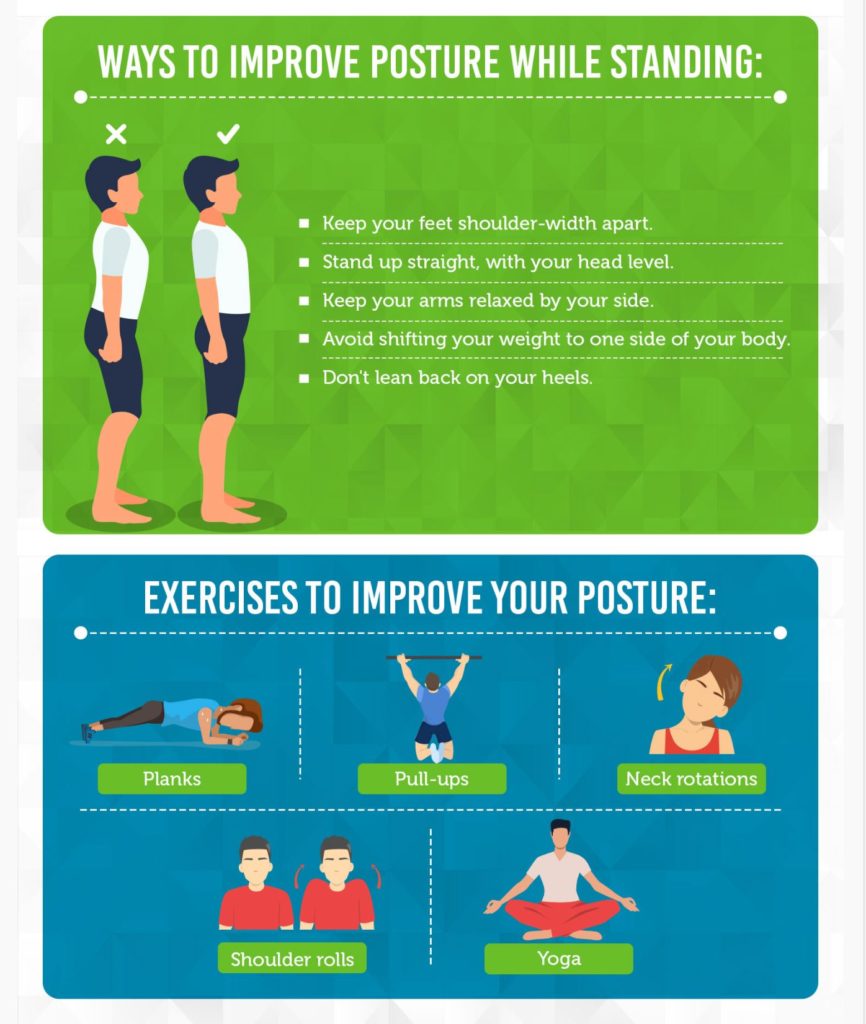
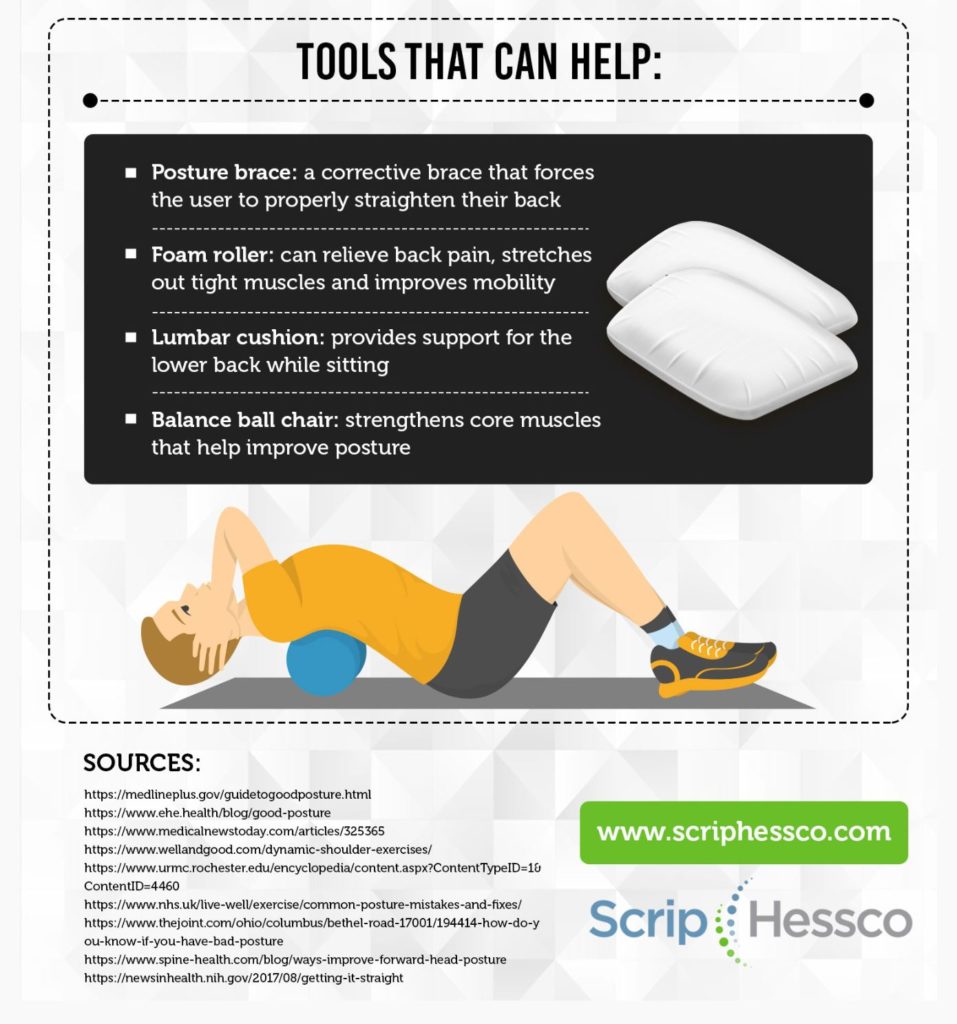 Infrograpic Reprinted with permission from author, Austin Winder and ScripHessco.
Infrograpic Reprinted with permission from author, Austin Winder and ScripHessco.


